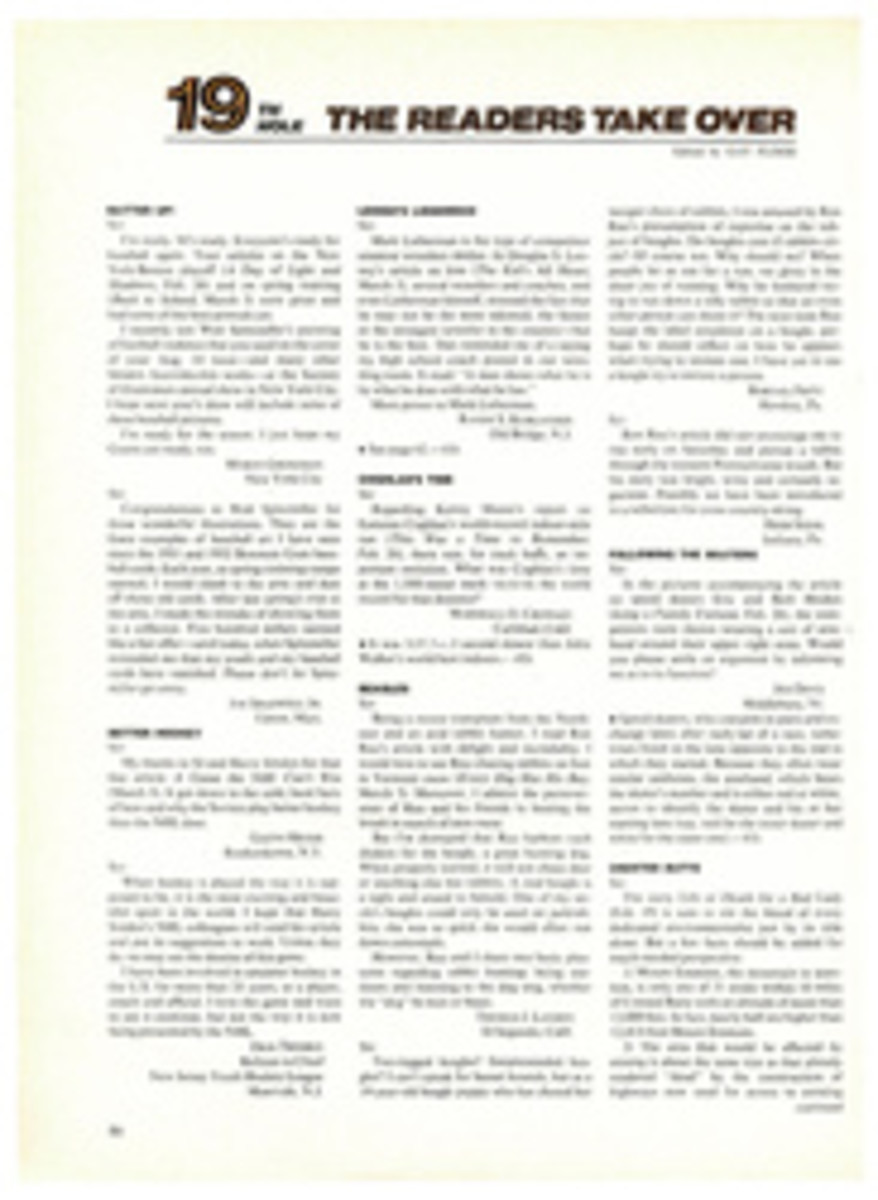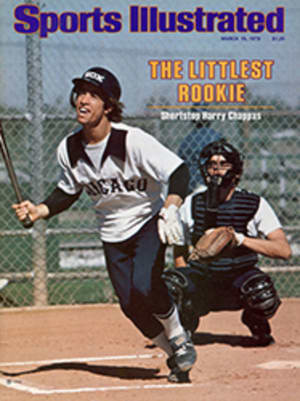
A TRIPLE-THREAT BULLFIGHTING FAN WRITES, DRAWS, PUBLISHES HIS VIEWS
There were a number of things that intrigued me about Portrait of the Bullfight (Sunrise Press, $8.95). For one thing, I have always disliked bullfighting, for the reason most Americans dislike it—it seems disproportionately hard on the bull. But when this book unexpectedly landed on my desk, right away I fell in love with the animal depicted on the cover. He looked not at all menacing; his expression seemed more one of curiosity than ill temper. Were it not for his fighting stance and the clearly defined attributes of a bull, I might have mistaken him for a cow.
Inside the book, prefacing each of the 24 short stories, were pen-and-ink sketches of other peculiar-looking bulls, some of which seemed to have been done rather hurriedly, others as if they had been started but never quite finished. A few of the drawings I thought were quite good, showing the fluid motion of strength in action.
The stories, I soon discovered, were really vignettes, depicting various aspects of what goes on inside and outside the arena. To my surprise, I found myself going from one vignette to another not only with pleasure, but also anticipation. The author, with the un-Spanish name of John Leibold, was clearly more writer than artist. His style was simple and straightforward with a strong touch of Hemingway. Leibold plunged into the heart of his tale like a man with a jackhammer bearing down on concrete, and when he had said what he started out to say he stopped. My favorite was about a teen-ager wearing an old pair of jeans and carrying a homemade muleta, who leapt into the ring for a moment of glory before the scheduled bullfighter appeared.
"He might have pulled it off all right," writes Leibold—"there wasn't anyone near enough to stop him—but his foot caught on the fence as he cleared the passageway and instead of landing on his feet he pitched forward headfirst into the ring.... Then the bull was on him and we couldn't see anything except the pulsating, driving hindquarters of the bull as he thrust and shoved and gored at the writhing body caught in the angle against the fence." The bull was diverted, and the kid stood up, miraculously unhurt, "and started brushing off his clothes.... We watched silently as he stood there, and then as we began to breathe again he started to cry. He was a big loutish-looking kid and as he came through the opening in the fence to meet the police, you could see the tears running down his cheeks and the hurt look on his face.... Out in the middle of the ring the bullfighter stepped forward and swung his cape. As the bull charged, the crowd roared."
When I had finished reading Portrait of the Bullfight, I tried telephoning the Sunrise Press. I was curious about Leibold and about a publishing company located in Chandler, Ariz. There was no Sunrise Press listed, the operator told me, but yes, there were two John Leibolds. The first turned out to be a dentist who had never been close enough to a bull to inspect its molars. "We get these calls all the time," said the dentist's secretary.
I caught up with author John Leibold in Tempe, Ariz. and we chatted about his book. The Sunrise Press, he told me, had been created for the sole purpose of publishing Portrait of the Bullfight. "My friends liked the book, contributed what money they could spare, and we published it ourselves when I couldn't find a publisher.
"I designed it and did the artwork," continued Leibold. "Finding a printer was the biggest problem. They wanted $5,000 to $6,000 to print it, and the money didn't stretch that far, so I went to one of those Quik-Copy places you find on street corners. Each copy had to be bound separately." Leibold sounded as if this was all mundane stuff to him. "I had about 500 copies printed," he said. "Most of them were bought by bullfighting societies here and abroad, but I still have a few books left in my basement." Interested aficionados can obtain one of these rare copies by writing Sunrise Press, P.O. Box 742, Chandler, Ariz. 85224.
Leibold's love affair with bulls began years ago when he worked and lived in Madrid. After his return to the U.S., he often went back to Spain to rekindle his old enthusiasm, and in 1974, at the age of 48, he ran with the bulls in Pamplona. A previous book, This Is the Bullfight, a more technical treatise published by A. S. Barnes, appeared that same year. Leibold now works in management analysis at Williams Air Force Base just outside Phoenix.
I asked him to explain, if he could, why bullfighting has never caught the American fancy.
"It has to do with the Anglo-Saxon concept of fair play," he said. "For example, Spanish dictionaries define 'cruelly' as 'enjoyment of pain and suffering of others,' while American dictionaries define it as 'observing or permitting pain and suffering to others.' "
Did he think he would ever write another book on the subject? Probably not, he said. "Spain is changing rapidly, and economics will destroy what's left of the sport. Besides, today, with their new liberal government, the people are more into pornography than bullfights."

